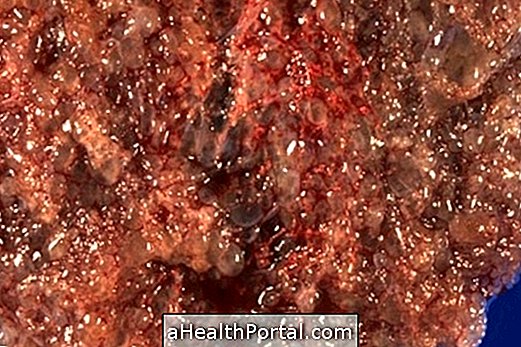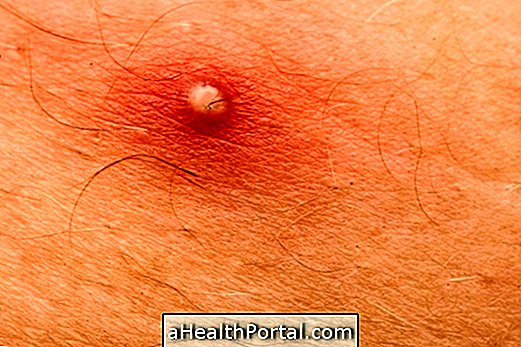Paracentesis is a medical procedure that consists of draining fluid from a body cavity. It is usually performed when there is ascites, which is the accumulation of fluid in the abdomen, caused by diseases such as cirrhosis of the liver, cancer or abdominal infections, for example. Understand what is ascites and what diseases they cause.
It is made with the following objectives:
- Diagnostic Paracentesis : made to collect a small amount of liquid that will be analyzed in the laboratory to identify the cause of ascites or to search for changes such as infections or cancer cells, for example;
- Paracentesis : It is also called paracentesis of relief, because it removes a great amount of liquid. It is usually indicated when the treatment for ascites is not effective, causing a voluminous accumulation of liquid and causing discomfort, which may, in some cases, interfere with breathing.
Paracentesis is usually done in a hospital or outpatient setting, by a cynical doctor or gastroenterologist, and for the procedure it is necessary that the patient is lying on a stretcher, where the cleaning and anesthesia are performed at the puncture site, a special needle is inserted that will allow the liquid to escape.

What is it for
Paracentesis is usually indicated for withdrawal of fluid from the abdominal cavity. Usually, the abdomen contains only a small amount of free fluid, however, some situations can cause abnormal increase of this amount, being a situation called ascite or, popularly, watery belly.
The main cause of ascites is cirrhosis of the liver, caused by various conditions, such as chronic viral hepatitis, alcoholism, autoimmune or genetic diseases, for example. Check out the main causes of cirrhosis.
Other conditions that can also cause ascites are abdominal tumors or metastases, congestive heart failure, changes in the kidneys, or even abdominal infections caused by tuberculosis, schistosomiasis, fungi and bacteria.
How is it done?
Paracentesis is performed by the physician, and the procedure involves the following steps:
- The patient should be lying comfortably on a stretcher;
- Asepsis and antisepsis are performed on the region to be punctured, and the physician should be housed with materials to avoid contamination such as gloves, apron, hat and mask;
- Performing local anesthesia where the needle will be inserted, usually in the lower left region, between the navel region and the iliac crest, or as guided by ultrasound examination;
- Punctured perpendicular to the skin, with a needle of a large caliber, specific to the procedure;
- Collected liquid for the syringe, which can be analyzed in the laboratory;
- If more ascites fluid needs to be removed, the doctor may attach the needle to serum flask attached to a flask that is located lower than the patient's, so that the liquid can be drained, flowing naturally.
In addition, when the amount of drained fluid is greater than 4 liters, the use of human albumin in the vein is recommended during or shortly after the procedure in the dose of 6 to 10 grams of albumin per withdrawn liquid. This medicine is important so that excess fluid withdrawn does not provide an imbalance between the abdominal fluid and the fluid in the bloodstream.
Possible Complications
Although paracentesis is generally a safe procedure, complications such as perforation of an organ of the digestive tract, bleeding or infections of the ascites or abdominal wall may arise.
























